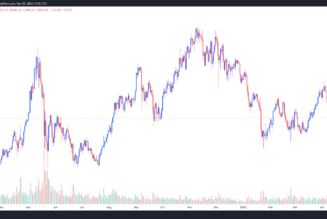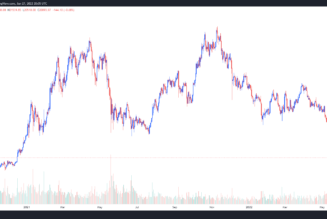
- The project has created prototypes to model international transactions settlement via multiple CBDCs
- There remain concerns over who should transact on the platform, how to create a trusted payment system across governments, and how to deploy the platform despite varying regulations
Last September, the Bank of International Settlements’ (BIS) Innovation Hub led the Monetary Authority of Singapore, the South African Reserve Bank, the Reserve Bank of Australia, and Bank Negara Malaysia in an initiative to prototype-test the use of CBDCs in settling cross-border transactions.
The aim was to establish whether these government-controlled tokens can be vehicles enabling inexpensive transactions across the said countries. Today, the four central banks have confirmed in a released report that the initiative has been “technically viable.”
Dubbed Project Dunbar, the Project seeks to eliminate the ‘inconvenience’ of middlemen that makes completing transactions an expensive and time-consuming affair. Project Dunbar developed two prototype platforms that facilitate settling these transactions using multiple central bank digital currencies (mCBDCs).
“The successful completion of Project Dunbar has produced meaningful insights on how a multi-CBDC platform may potentially solve complex issues in the cross-border payment space. The Project is a testament to the importance of central bank collaboration in supporting the development of next-generation payment infrastructures. We intend to carry these insights through other proofs of concept as we continue our CBDC exploration journey,” said Bank Negara Malaysia’s assistant governor Fraziali Ismail.
Some concerns linger on
The Project identified specific issues that must be addressed to make the dream come true. Most notable, there are concerns over governance and regulation of this infrastructure should it eventually be implemented.
As central banks would realistically transact with each other via the platform, there are questions regarding what parties should be allowed to use CBDCs and transact on the platform.
The ‘how’ to enable the transactions while respecting the regulatory incompatibilities between the different countries also remains unanswered. In addition, there are still trust issues over how countries can share infrastructure as critical as a payments system.
However, according to Andrew McCormack, a BIS executive, the Project showed that once these issues are ironed out, then it could set a foundation for international and regional platforms.
“A common platform is the most efficient model for payments connectivity but is also the most challenging to achieve. Project Dunbar demonstrated that key concerns of trust and shared control can be addressed through governance mechanisms enforced by robust technological means, laying the foundation for the development of future global and regional platforms,” McCormack said.
[flexi-common-toolbar] [flexi-form class=”flexi_form_style” title=”Submit to Flexi” name=”my_form” ajax=”true”][flexi-form-tag type=”post_title” class=”fl-input” title=”Title” value=”” required=”true”][flexi-form-tag type=”category” title=”Select category”][flexi-form-tag type=”tag” title=”Insert tag”][flexi-form-tag type=”article” class=”fl-textarea” title=”Description” ][flexi-form-tag type=”file” title=”Select file” required=”true”][flexi-form-tag type=”submit” name=”submit” value=”Submit Now”] [/flexi-form]










Tagged: CBDCs, crypto blog, Crypto news, Malaysia, Singapore, technology